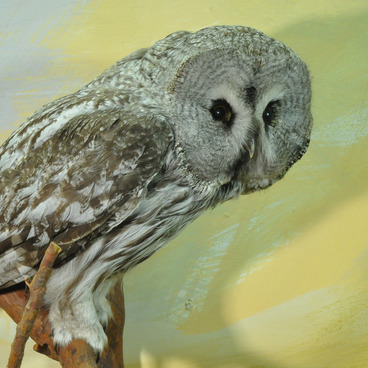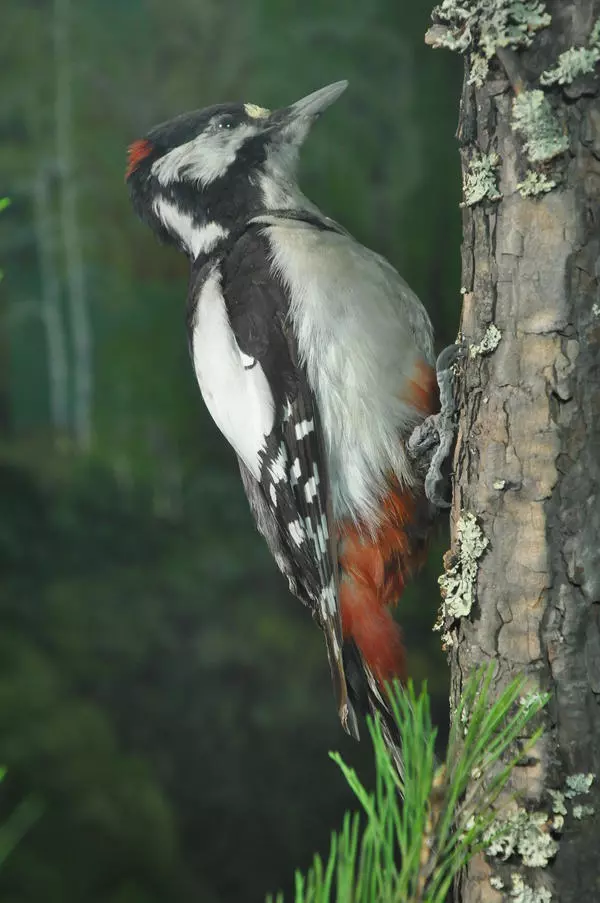Great grey shrike is classified into Passeriformes order. Its Latin name is Lanius excubitor. This is a bird of prey the size of a blackbird with a strong hooked beak. Their flying pattern is wave-like, and while airborne, they can hover in place fluttering their wings and looking for prey.
Their flying pattern is wave-like, and while airborne, they can hover in place fluttering their wings and looking for prey.
When a shrike sings it resembles a crossbreed between whistling, buzzing and screeching. Sometimes they mimic other birds. That is why the older is a male the better signer it is. The birds use various sounds to communicate with each other. For instance, if they sense danger they start repeating chek-chek very fast. They also have a dedicated mating period song.
The shrikes prefer to live in thin forests along the swamps and wood groves, at the clearings and open areas with bush clusters. Their breeding area is large with a nest sitting in the center of a two-kilometer circle. The nest is usually built in the dense bushes or on a tree. It is bulky and solid, made of dry sticks and decorated with green branches. The young birds usually spent about three weeks there, and after they have left the nest, their parents continue feeding them for another three weeks.
Shrikes feed on small birds and insects, often plucking them straight from the air. Even if a victim escapes and try to find shelter with the humans a predator may snatch it straight from the human hands.
The birds first hang their catch on the branches near the nest and then proceed with dressing the bodies. For that reason, strikes are called butchers. They often make supplies by having their victims impaled on sharp branches or barbes.
This bird is famous for its cunning: the shrikes like to tease larger predators. If they notice a falcon or a hawk nearby, they put themselves on the highest branch and start singing. A predator spots a potential victim and immediately attacks, but the shrike wastes no time in disappearing among the branches.
The more so, shrikes deliberately mess with the hunting of both their fellow birds and other animals. They warn the potential victims of an approaching predator. That way shrikes ensure complete tranquility and peace because nobody ventures to live within the same area.

